Medical camps, Operating Theatre, and more
Heading to a medical camp seventy kilometers away, I didn’t know what to expect. From what I gathered, the camp would provide free medical supplies and medical care to the local residents, but, other than that, my range of knowledge about the services provided by the camp was limited.
We started our trip to Giddalur, Andhra Pradesh at 9 AM in an SUV housing six other people: a driver, four house surgeons, and a PG student. On the way to our destination, we stopped to take pictures; there, a monkey casually entered our car and stole cookies from the hand of a med student. Deciding not to stop again, we arrived in Giddalur at the site of the medical camp. The camp was located in a building which functions as a dance studio in the early morning and evening; from 11 AM to 5 PM on camp day, the dance studio transformed into a mini-clinic sponsored by Santhiram General Hospital and Medical College.
A patient visit to the camp starts with a check-in at the front desk where the patient receives a sheet containing their name. The patient then brings the sheet to one of the house surgeons at the camp and reveals the reason for arrival. The house surgeon determines the medication needed to treat the patient and writes a prescription for it. The patient walks to the front desk, grabs the medication, and goes home without paying a single rupee. If the patient is suspected to have a more serious condition than the medicine at the camp can alleviate, it is suggested that they come to Santhiram General for some more examinations. The camp is designed to treat minor conditions such as pain or fever and detect conditions that may be more threatening without putting a financial burden on the patient.
By the end of the day, the camp treated 185 patients and provided over 3000 rupees worth of medicine. To celebrate, we were cordially invited to the home of the chief doctor for coffee and snacks. After some heart-felt conversations, we got back in the car and drove to Nandyal. Observing the medical camp was really exciting, because it was able to provide healthcare to many economically disadvantaged people within a relatively short period of time. I will attempt to attend other camps so that I can get a broader idea of how healthcare camps can best help people.
The camp only took up a day of the previous week; the other days were spent primarily in the out-patient room and operation theatre. My time in the out-patient room, the operation theatre, and the wards gave me insight on the most common health conditions treated by the general surgery department. Infected wounds and ulcers are prevalent in the surrounding areas as proper first-aid precautions are not taken by patients. These health habits lead to surgeries requiring amputations and skin grafts. Even after the surgeries, patients leave the wards earlier than advised only to return with more wounds and infections.
- Operating table in the OT
- Other equipment present in OT
The surgeries themselves are performed differently in India and the United States. This not only involves the facilities used but also the conditions under which surgery takes place. According to PG students and professors, to reduce risk of complications during and after surgery, in India, many of the surgeries performed below umbilicus on adults use spinal anesthesia rather than general anesthesia. This leaves the patient in a semi-conscious state while the surgery is performed. I freaked out during my OT observation when a patient stared right at me during the operation while laying on the operating table.
Those were some of the highlights from this past week; I would like to describe more of them but am afraid of sacrificing conciseness for completeness. In the next few days, I will be in the general medicine department learning about family medicine in India and will provide an update on my experiences by next week.

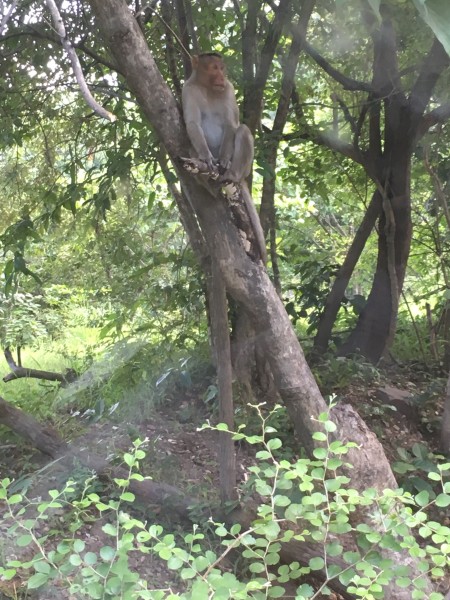
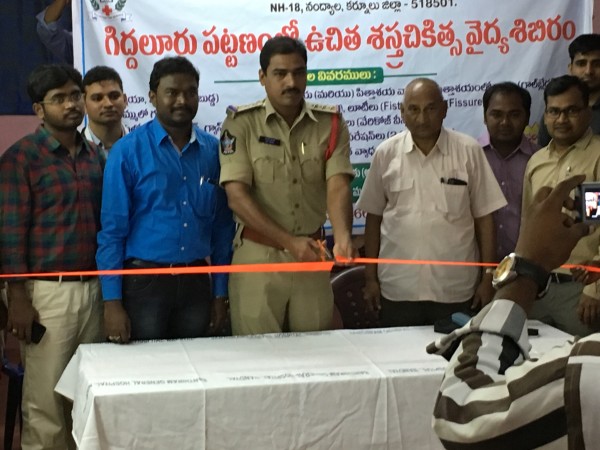
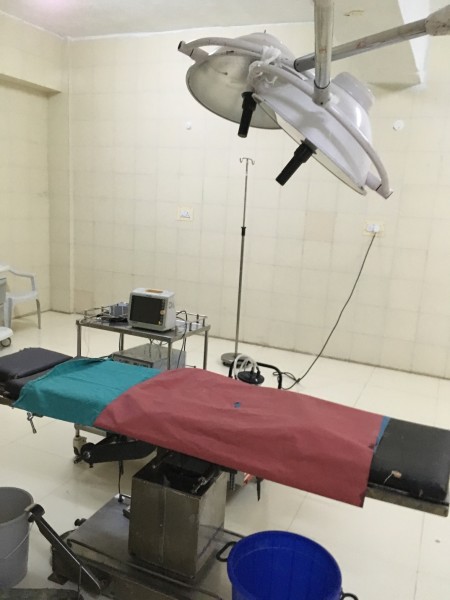
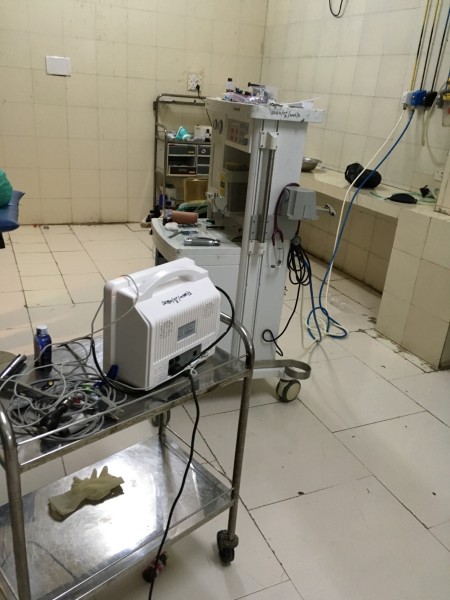
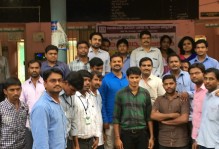

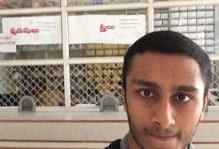
No comments.
Comments are currently closed. Comments are closed on all posts older than one year, and for those in our archive.